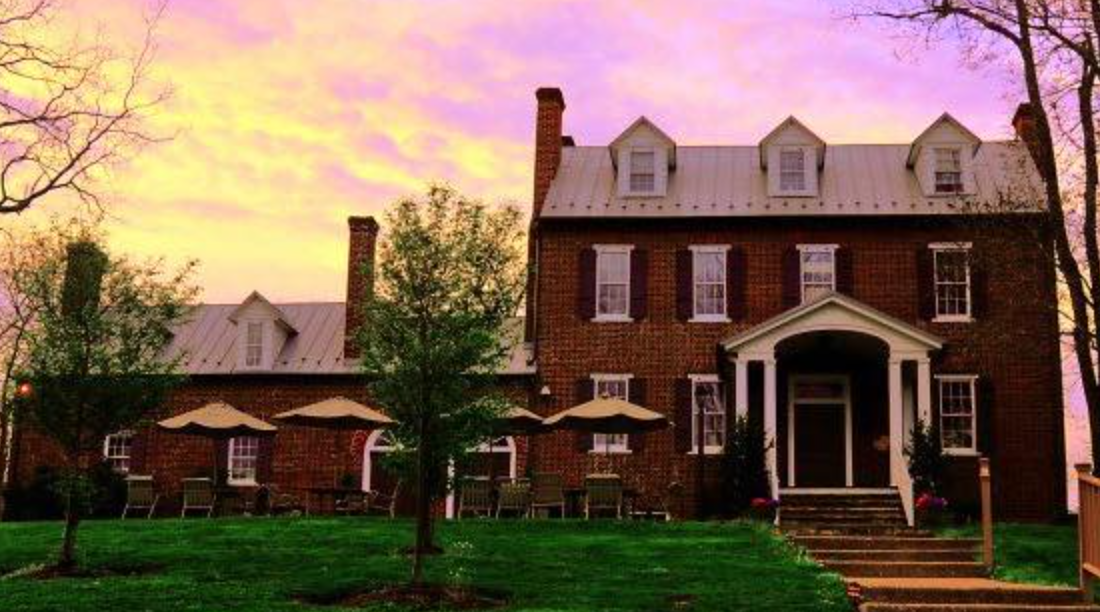Research evidenced that La Grange is rich in history; it had been originally carved out of Robert “King” Carter’s Bull Run Tract in the 1600s and later became known as La Grange. The property’s ownership changed many times during the past four centuries, with the farm’s acreage increasing and decreasing over the years. Fortunately, the three-story red brick manor house built by George Green survived.
Library of Congress records contain photographs taken in 1937 when the building was remodeled. Additional photographs show the estate in 1958. The English Boxwoods which surrounded the manor house in earlier years died from blight, but in their place are American Boxwoods that have grown to a height of over 20 feet, forming an archway over a stone path that now leads from the manor house to the winery building.
From the start, Prince William County officials embraced the concept of being a wonderful return to the areas winemaking roots. Several vineyards and wineries existed in the county in the 1800s and early 1900s. One of these was a vineyard and winery on a 200-acre farm called Batavia, near Haymarket, VA, founded by Franz Peters. Peters was also a partner with Christian Heineken, who owned Mill Park also near Haymarket. In 1869, The Mill Park Wine Company was founded on Heineken’s property where wine was made from locally grown grapes.
In the 1800s, another 40-acre vineyard on the nearby Annaburg Estate and owned by Robert Portner produced an award-winning port-style wine. Evidence reveals that a bronze medal was awarded at the 1900 Paris Exposition for a port-style wine “Pride of Virginia Port” made from Portner’s grapes by Washington, DC winemaker Christian Xander. In the 1950s, an Italian immigrant named John Scuitto built and operated a winery from 1949 to 1958 where he produced and sold four different wines.


